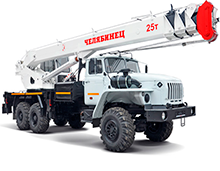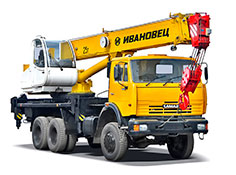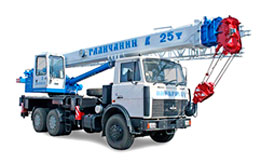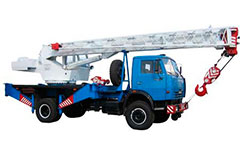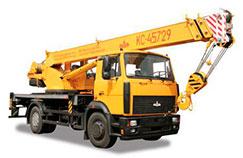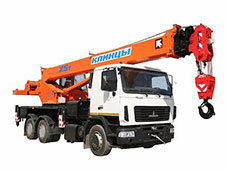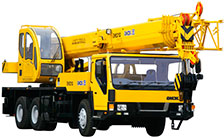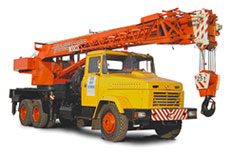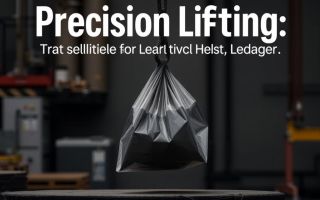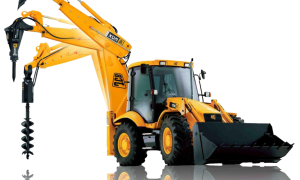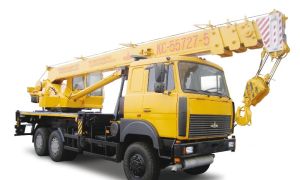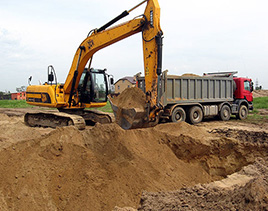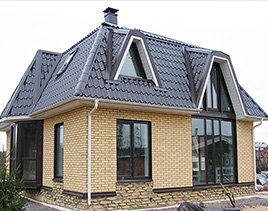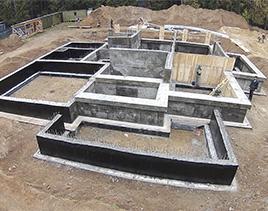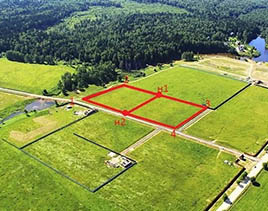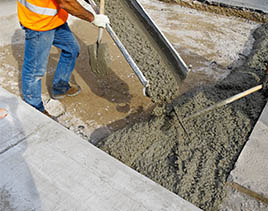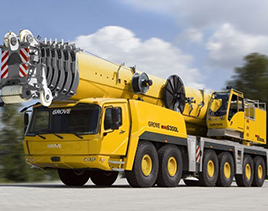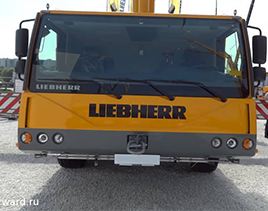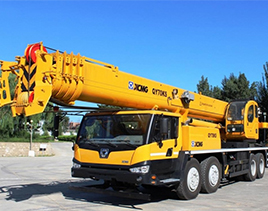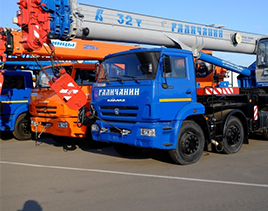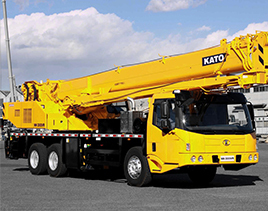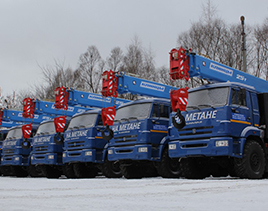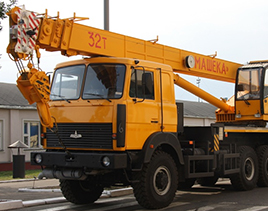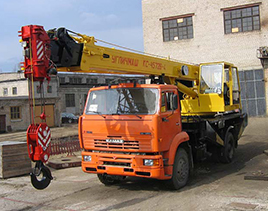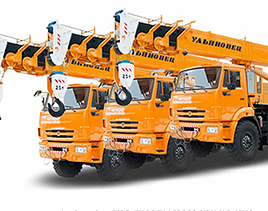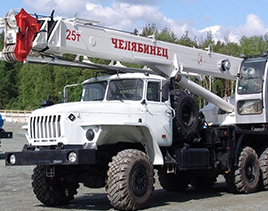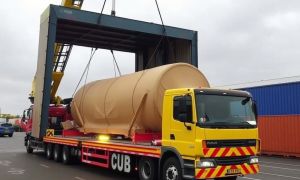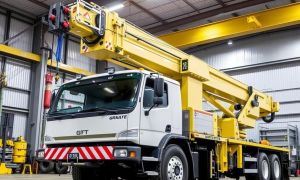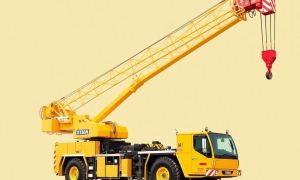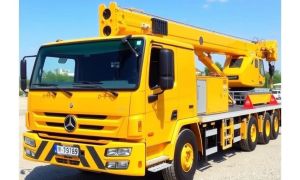When it comes to moving heavy objects, the general mindset often focuses on brute strength and power. However, precision lifting reveals an entirely different world—one where finesse, care, and technique trump raw muscle. Whether in factories, warehouses, or even medical settings, lifting delicate loads requires a unique skill set. It’s not just about lifting something heavy; it’s about lifting something fragile, valuable, or sensitive without causing damage. In this article, we will explore the ins and outs of precision lifting, focusing on techniques designed specifically for delicate loads. We’ll discuss equipment, safety measures, training, and real-world applications to ensure your lifting tasks are done safely and effectively.
Understanding Precision Lifting: What Is It?
Precision lifting refers to the art and science of moving loads that require careful handling because they are fragile, sensitive, or complex in their makeup. Unlike standard lifting, which typically involves straightforward vertical or horizontal movement of robust loads, precision lifting demands accuracy in positioning, controlled force, and often the use of specialized tools or equipment. This applies to items like delicate machinery components, glass panels, electronic equipment, or laboratory instruments.
One of the main challenges in precision lifting is avoiding any form of damage to the load. This can include structural harm, operational malfunction, or cosmetic blemishes. The stakes are higher with delicate loads, as even the slightest mishandling can result in costly repairs or replacements. That’s why workers must not only have the physical ability to lift but also the knowledge and experience to handle these sensitive items with utmost care.
Why Delicate Loads Require Different Handling Techniques
Delicate loads differ from standard ones in several key ways. They often have strict tolerances, meaning their shape, position, or condition can’t be significantly altered without affecting performance. For example, electronic equipment may be ruined by excessive shocks or vibrations, while glass materials might shatter from a minor impact.
Because of these unique sensitivities, precision lifting techniques incorporate several core principles:
- Controlled Movement: Movements should be smooth and deliberate, avoiding sudden jolts and abrupt stops.
- Proper Support: Loads must be supported in a way that distributes their weight evenly to avoid stress points.
- Environmental Considerations: Factors such as humidity, temperature, and cleanliness can impact delicate loads, especially in pharmaceutical or aerospace industries.
- Use of Specialized Equipment: Tools that provide stability and precision control frequently supplement human effort.
Understanding these distinctions helps explain why companies invest in comprehensive training programs and advanced lifting technologies to protect their delicate items.
Key Techniques for Precision Lifting
Successfully handling delicate loads requires a combination of the right mindset, technique, and equipment. Here, we will break down some essential techniques that every precision lifter should master.
1. Assess the Load Thoroughly
Before you even attempt to lift, it’s crucial to understand the specific nature of the load. Ask questions like:
- What is the load’s weight and dimensions?
- Is the object fragile, flexible, or sensitive to vibration?
- Are there attachment points or handles designed for lifting?
- What are the required lifting heights and angles?
Performing a thorough assessment helps in selecting the right equipment and planning the safest approach. For example, knowing that a piece of equipment is vibration-sensitive means you’d choose lifting equipment that minimizes shake.
2. Use Proper PPE and Follow Safety Protocols
Safety never takes a backseat in precision lifting. PPE (Personal Protective Equipment) such as gloves, safety glasses, or steel-toed boots may be necessary depending on the environment. Workers should always follow established safety guidelines to protect both themselves and the load.
3. Employ Appropriate Lifting Tools and Equipment
One of the hallmarks of precision lifting is the use of specialized gear to handle delicate loads. Some common tools include:
| Equipment | Description | Typical Use Case |
|---|---|---|
| Vacuum Lifters | Use suction to grip flat, smooth surfaces without mechanical clamps. | Lifting glass panes, sheet metal, or large panel displays. |
| Soft Sling Lifts | Nylon or polyester slings that distribute weight gently and conform to shapes. | Delicate machinery or curved pipe sections. |
| Crane with Fine Control Systems | Hydraulic or electric cranes with slow lift speeds and precise positioning. | Heavy but delicate industrial equipment. |
| Magnetic Lifters with Safety Features | Magnets designed to hold without crushing or damaging the load. | Steel sheets or parts requiring damage-free handling. |
These specialized devices help ensure the load is handled in a way that avoids impact, minimizes vibrations, and allows fine motor control during movement.
4. Master the Art of Controlled Movement
In precision lifting, how you move can be just as important as what you move. The operator must maintain smooth, steady motions while raising, lowering, or repositioning objects. Abrupt starts and stops or jerky motions can put unnecessary stress on delicate materials.
Some tips to maintain control include:
- Use slow lift speeds to avoid sudden force spikes.
- Keep the load balanced and centered to prevent tipping or shifting.
- Coordinate with team members through clear communications and signals.
- Avoid twisting or lateral forces when possible; use straight vertical lifts.
Understanding these movement principles takes time and practice but is key to ensuring safety.
5. Incorporate Environmental Considerations
Some delicate loads might require specific environmental conditions during lifting to prevent damage. For instance, electronic components can be susceptible to static electricity, while pharmaceutical products might need dust-free environments.
Here are a few ways to accommodate environment:
- Use anti-static gloves or grounding devices when handling sensitive electronics.
- Ensure the lifting area meets cleanliness standards to avoid contamination.
- Control temperature and humidity to maintain load integrity.
- Consider lighting to improve visibility and precision.
Understanding the broader context of the lift is often overlooked but is vital to protecting delicate loads.
Training and Skill Development for Precision Lifting
Precision lifting cannot be perfected overnight. Successful handling of delicate loads demands extensive training and ongoing practice. Companies typically implement multi-step training programs that include:
- Theoretical Knowledge: Understanding the types of loads, equipment, and safety standards.
- Hands-On Practice: Simulated lifting exercises under supervision to build technique.
- Certification: Many industries require licensed qualifications to prove competency.
- Refresher Courses: To maintain awareness of best practices and new technologies.
This structured approach helps reduce accidents, lower damage rates, and improve operational efficiency. In many workplaces, experienced lifters mentor newcomers, sharing tips on fine control and troubleshooting unexpected challenges.
Common Challenges in Precision Lifting and How to Overcome Them
Despite the best preparation, some challenges are so inherent they require special attention every time you engage in precision lifting. Here are a few common hurdles and ways to address them:
Load Instability
Some delicate items may be awkwardly shaped or lack stable gripping points. To overcome this:
- Use custom-designed attachments or padding to improve grip.
- Employ multiple handlers or mechanical supports to prevent shifting.
- Apply load balancing techniques, shifting weight distribution carefully.
Limited Space for Maneuvering
Tight spaces can complicate the process. Solutions include:
- Planning the path meticulously before lifting.
- Using compact equipment designed for small areas.
- Relying on team communication to coordinate movements precisely.
Environmental Hazards
Dust, moisture, extreme temperatures, and other environmental factors may jeopardize delicate loads. Mitigations involve:
- Carrying out lifts in controlled environments wherever possible.
- Wearing appropriate PPE to reduce contamination.
- Shielding loads during transit using protective covers or enclosures.
By anticipating and strategically overcoming these obstacles, precision lifting operators can maintain top performance even in demanding conditions.
Precision Lifting in Different Industries
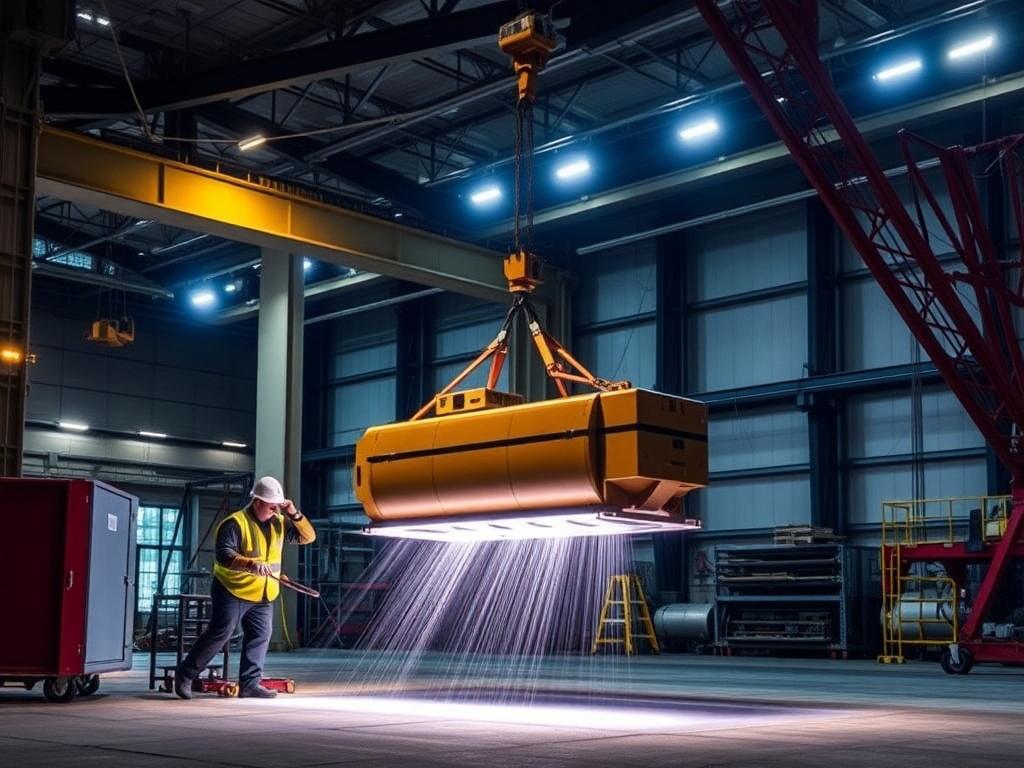
The techniques and equipment related to precision lifting vary widely depending on the industry. Let’s review how precision lifting applies across several sectors:
| Industry | Delicate Loads | Common Techniques and Equipment |
|---|---|---|
| Manufacturing | Machinery parts, electronic assemblies, glass components | Soft sling lifts, vacuum lifters, anti-vibration cranes |
| Healthcare | Medical devices, fragile lab instruments, patient handling | Gentle hoists, personalized lifting aids, sterilized gloves |
| Construction | Glass panels, marble slabs, specialized tooling | Magnetic lifters, suction devices, slow-controlled hoists |
| Pharmaceuticals | Delicate chemicals, vacuum-sealed products, controlled substances | Clean room protocols, micro-lifting cranes, anti-static equipment |
| Aerospace | Aircraft parts, avionics, sensitive instruments | Precision engineered slings, vibration dampeners, automated lifts |
The wide range of applications highlights how crucial it is to adapt lifting techniques and equipment to the specific nature of the load.
Technological Innovations Enhancing Precision Lifting
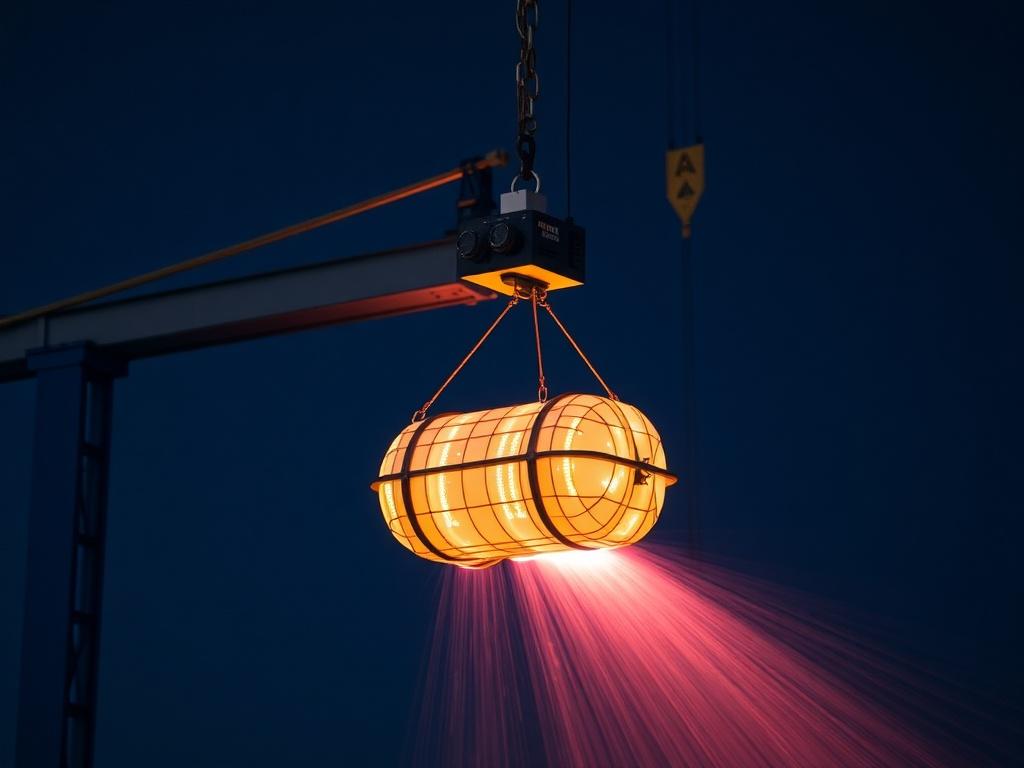
Advances in technology continue to reshape the landscape of precision lifting. New tools and innovations make handling delicate loads safer and more efficient than ever before.
Automation and Robotics
Robotic arms and automated guided vehicles (AGVs) can precisely position delicate loads with minimal human error. These machines offer predictable and repeatable movements, which are often better suited for fragile materials that require high accuracy.
Smart Sensors and Feedback Systems
Sensors embedded in lifting equipment can monitor load weight, position, and stress in real time. Operators receive feedback to adjust movements proactively, preventing damage. Some systems automatically reduce speed or alert operators to potential hazards.
Advanced Materials for Slings and Padding
Modern synthetic fibers offer better load distribution and cushioning, reducing the risk of crushing or abrasion. Customizable pads and supports conform to complex shapes, enhancing stability.
Augmented Reality (AR) for Training
AR provides immersive training experiences for lifters, allowing them to simulate delicate lifting tasks safely before working in real environments. This can reduce errors and build confidence.
Best Practices for Maintaining Equipment in Precision Lifting

Even the best techniques can fail if the equipment isn’t properly maintained. Here are some best practices to ensure your lifting tools stay in optimal condition:
- Regular Inspections: Check slings, straps, and lifting devices for wear, fraying, and damage.
- Calibration: Periodically recalibrate cranes and sensors to ensure accuracy.
- Cleaning: Keep equipment free from dust, grease, and corrosive substances.
- Lubrication: Maintain moving parts to prevent jerky or uncontrolled movements.
- Proper Storage: Store devices in environments that prevent damage from temperature fluctuations or moisture.
Consistent maintenance enhances safety, prolongs equipment life, and supports the delicate nature of precision lifting.
Checklist for Planning a Precision Lift
To help organize your precision lifting tasks, here’s a handy checklist you can use prior to each lift:
| Step | Action |
|---|---|
| 1 | Assess load characteristics (weight, fragility, shape) |
| 2 | Choose appropriate lifting equipment |
| 3 | Inspect lifting gear for damage |
| 4 | Check environmental factors and clear the path |
| 5 | Ensure PPE and safety protocols are in place |
| 6 | Communicate lift plan with team members |
| 7 | Perform test lift if possible to gauge stability |
| 8 | Execute lift with slow, controlled movements |
| 9 | Position load carefully and secure it in place |
| 10 | Conduct post-lift inspection for any damage or issues |
This structured approach minimizes risks and improves the chances of a successful precision lift.
Conclusion
Precision lifting for delicate loads is a nuanced and demanding field that transforms how we approach lifting tasks. Unlike traditional heavy lifting, it requires thoughtful assessment, skilled technique, specialized equipment, and constant attention to safety. Through proper training, the use of advanced tools, and adherence to best practices, operators can protect fragile materials from damage and ensure smooth, efficient lifting operations. Whether you’re moving a glass panel in manufacturing, handling sensitive medical devices, or transporting aerospace components, embracing these techniques will help you achieve controlled, precise, and damage-free lifts every time. As technology continues to advance, precision lifting will become safer and more effective, highlighting the importance of human skill combined with innovation in handling delicate loads.

